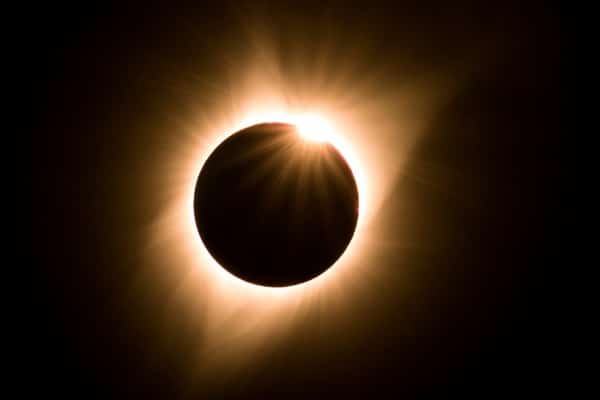On Saturday, December 4, 2021, some people in the Southern Hemisphere will have the chance to experience a total or partial eclipse of the Sun.
The solar eclipse is the last one for this year, will only be visible to some countries in the Southern Hemisphere.
After witnessing the longest partial lunar eclipse in over 500 years, stargazers in Melbourne are in for another celestial treat.
A total solar eclipse is the only type of solar eclipse where viewers can watch without their eclipse glasses and they can only remove them when the Moon is completely blocking the Sun.
According to NASA, people located in the centre of the Moon’s shadow when it hits Earth will see a total eclipse. The sky becomes very dark as if it were dawn or dusk.
Unfortunately, the only place where this total solar eclipse can be seen is Antarctica.
While most Southern Hemisphere viewers won’t get to see the total solar eclipse, they’ll instead experience a partial solar eclipse.
Weather permitting, people in the path of a total solar eclipse can see the Sun’s corona, the outer atmosphere, which is otherwise usually obscured by the bright face of the Sun.
Viewers in parts of Saint Helena, Namibia, Lesotho, South Africa, South Georgia, and Sandwich Islands, Crozet Islands, Falkland Islands, Chile, New Zealand, and Australia will see a partial solar eclipse on Dec 4, NASA said.
A view of the total solar eclipse from Union Glacier, Antarctica, will be streamed on YouTube and on nasa.gov/live starting 5:30 pm AEDT.
READ ALSO: Longest partial lunar eclipse of century to take place on 19 Nov




